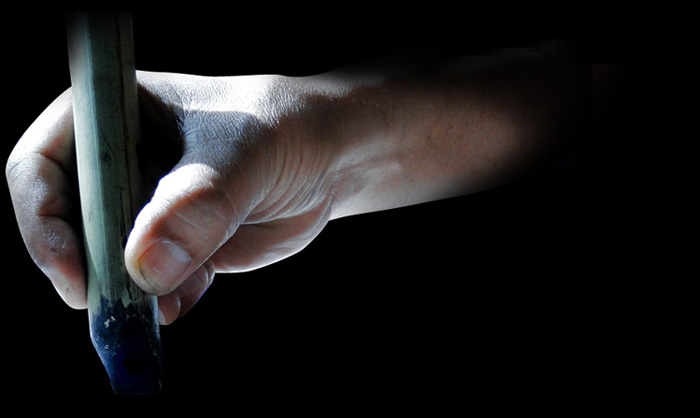
![]()

Thangka
Calligraphy
Sand Mandala
The art of Calligraphy The Tibetan script is based on alphasyllabaire of Indian origin. Tibetan King Songtsen Gampo sent one of his ministers, Thonmi Sambhota of Thumi clan to India with other youths to learn the alphabet. an alphabet and writing to translate the Sanskrit texts of all the Dharma (teaching of Buddha). He accomplished his task and Tibetan specific grammar was created. The printed character is called U-chen and is used for sacred texts and official, while the cursive is called U-me. Tibetan calligraphy is made with a bamboo reed pen and natural ink. The reed is cut in different ways depending on whether we write lowercase or uppercase. The size of the pen also requires a great experience. L'art de la calligraphie L'écriture tibétaine est basée sur un alphasyllabaire d'origine indienne. Selon la tradition, au VII e siècle, le Roi Sontsen Gampo envoya un de ses ministres, Thonmi Sambhota en Inde afin de créer un alphabet et une écriture pour traduire du sanskrit tous les textes du Dharma (enseignement de Bouddha). Il accomplit sa tâche et créea une grammaire tibétaine spécifique. Le caractère imprimé est appelé U-chen et est utilisé pour les textes sacrés et officiels, tandis que la cursive est nommée U-me. La calligraphie tibétaine s'effectue à l'aide d'un calame en bambou et d'encre naturelle. Le calame est taillé de différente façon selon que l'on doive écrire des minuscule ou des majuscules. La taille de la plume requière également une grande expérience. |
